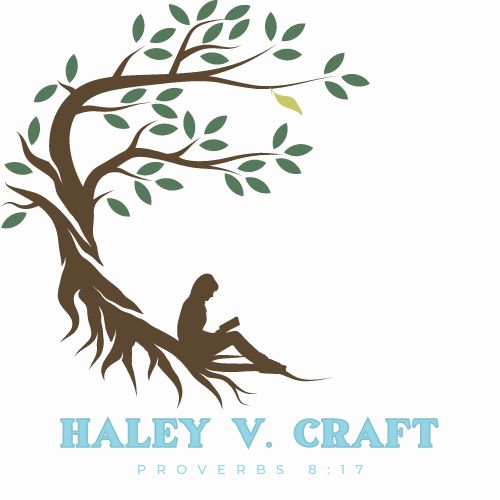After coming into the house they saw the Child with Mary His mother; and they fell to the ground and worshiped Him. Then, opening their treasures, they presented to Him gifts of gold, frankincense, and myrrh.
—Matthew 2:11
And the gifts keep coming! Today we’re going to unwrap the layers of meaning hidden in the gift of Frankincense. I don’t know about you, but before I decided to write this devotion, I had no idea what Frankincense was. I knew it was one of the gifts the wise men brought to baby Jesus, but I had no idea what it actually was, so I had to do a little research.
Basically, it’s sap. Stripes are cut into the bark of a certain type of tree and the sap that comes from it hardens to form Frankincense. It’s generally a white or yellow color and has a very strong scent, which is why it is often burned like incense. It doesn’t seem like there’s much to it when you find out it’s basically sap, but just like with the rest of creation, God has woven layers upon layers of meaning and truth into this gift, so let’s take a look!
Layer 1: Frankincense was a symbol of deity and priesthood.
Frankincense, like all the gifts we will look at during this series (no joke, every last one of them), is very closely associated with purity. Perhaps this association comes from its white color or maybe from the bright white flame that is produced when it is burned, but whatever the reason, the association even runs as deep as its name. Frankincense actually means “pure incense,” and because of its association with purity, it was often used in the temple. Priests would burn it during sacrifices, and through this practice, Frankincense also developed an association with both God and the priesthood.
This is significant because of the book of Hebrews. In the book of Hebrews, Jesus’s identity as God is combined with the role of being high priest. It’s not uncommon for people to point to Myrrh as being a prophetic gift because of its use in embalming, but Frankincense is just as prophetic, pointing to Jesus’s future role as the divine high priest and mediator we can wholly put our trust in.
Layer 2: Frankincense is obtained by cutting stripes into the bark of a tree.
I mentioned this earlier, but Frankincense can only be produced by cutting deep stripes into the bark of one of several species of Boswellia trees. The sap that flows out of these cuts is milky white.
This process is just as prophetic as the first layer. It points to the stripes that will cover our sins and make us whiter than snow, the ones we were deserving of but have not received. It points to the fact that if we accept the gift of His forgiveness, we can be made pure because of those stripes He willingly accepted on our behalf.
Layer 3: Frankincense is associated with prayer.
In addition to being used during sacrifices, Frankincense was also used during and associated with prayer. The smoke rising from it while it burned was a visible reminder of how a worshiper’s prayers rose to God. The smell also reminded anyone present that the worship of God’s people is a pleasing aroma to Him.
Both the sight of Frankincense burning and its smell were reminders to draw close to God. I wasn’t able to find as much information as I would have liked on how Frankincense was used, but what references I could find mentioned it being used on or by the table of the Shewbread, which was just on the other side of the curtain from the Holy of Holies. Considering the temple worked on the principle of progressive exclusion—there were several layers and with each new layer, a new group of people was excluded—I’m guessing not a lot of people got to experience the burning of Frankincense in the temple.
But when the magi give Jesus his gifts, the Frankincense—the reminder to draw close to God in prayer and worship—breaks free from the temple. It’s no longer enclosed in a place only few can get to. It’s sitting in the living room of a relatively average young family.
Layer 4: Frankincense has medicinal purposes and can be used to heal.
The last interesting thing I found about Frankincense is that since ancient times, it has been used to heal. Historically, it’s been used to treat many illnesses, but the two that it’s still used for today are to heal the skin and to treat arthritis joint pain.
I find its use in treating skin conditions particularly interesting because when God handed down His law to His people, one of the biggest ways a person could become unclean was through having a skin disease. The laws concerning them served the practical purpose of preventing the spread of infections, but they also worked as an allegory for sin. These laws remind us of our need for cleansing and healing, and this gift reminds us that Jesus came to bring us that healing.
Wrapping it up
Do you see the narrative? God came to establish His own priesthood through His suffering. Because of His stripes and His suffering on a tree, the lines of communication are open to all of us, not just certain priests, and because of those stripes, we have access to the healing we so desperately need from the pain and destruction of sin.
This one gift tells the whole story of salvation. It’s a one-word love letter declaring the lengths to which our heavenly Father will go to destroy the chasm between us. I don’t know about you, but I’d say our God is a pretty awesome gift-giver. Merry Christmas!






0 Comments